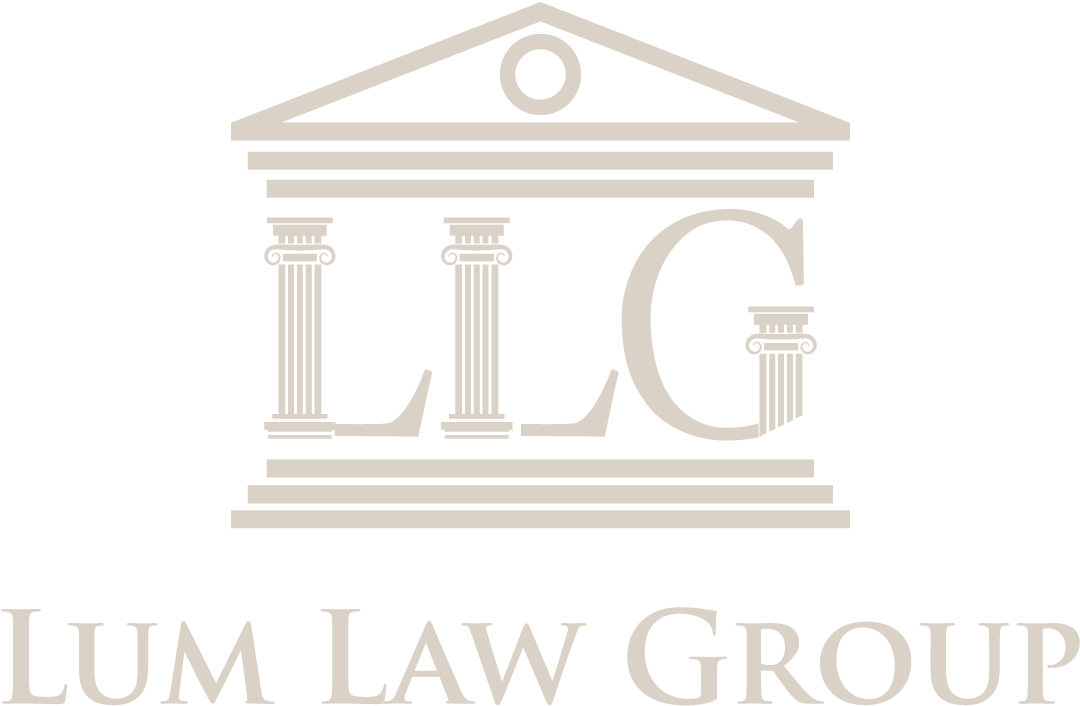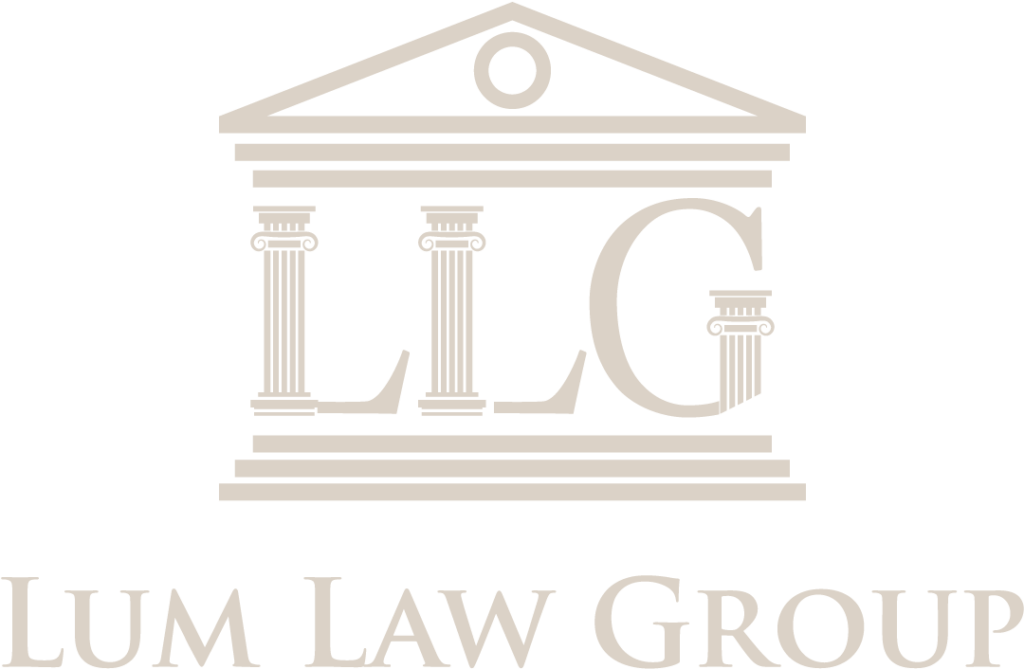Getting married? Start planning for your immigration adjustment now!

Many of our clients come to us for assistance with their Adjustment of Status (I-485), better known as green card, applications, thinking it will be as simple as filling out a form and paying the filing fee. It is not. Those who come to us after receiving a Request for Evidence (RFE) or worse–an Intent […]
If you are a US citizen living abroad about to have children…

Did you know that children born to US citizens living outside the US are no longer automatically considered US citizens? As US citizenship is no longer automatic for children born to one or more US citizens overseas, it’s important to prepare for the process of obtaining a Consular Report of Birth Abroad (CRBA) for your child. Under […]

